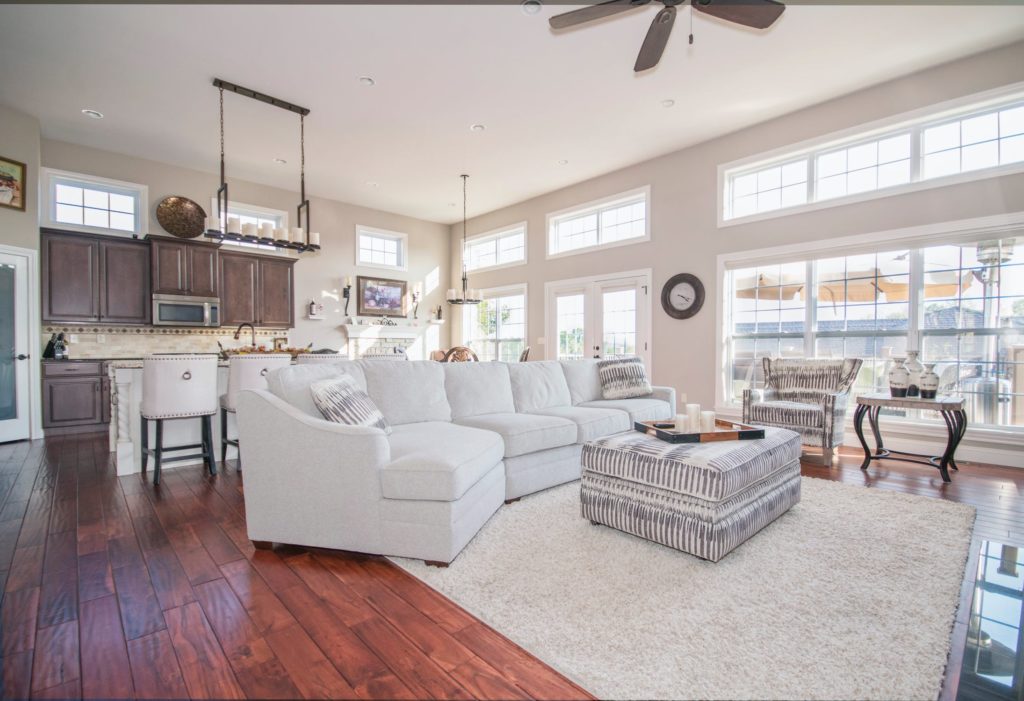
Soundproofing your house aims to reduce noise levels which results in better rest, better sleep and better mental health. In this article I will talk about different aspects of soundproofing and how it will make your home healthier for you and your children.
The need for soundproofing
Noise is an unwanted or unpleasant sound that can be described being loud, harsh and confusing to the ears. As NIDCD puts it, a prolonged exposure of any noise above 85dB causes gradual hearing loss while the exposure of more than one minute of 110dB or more of noise increases the risk of permanent hearing loss.
These values don’t make sense if you don’t understand how they correspond to the sound level that you may be exposed to. Unless you live in a quiet rural area (40dB) or a quiet suburban (50dB), majority of urban neighborhoods are characterized by loud busy streets, noisy offices, loud heavy traffic, passing subway trains and loud car horns which correspond to between 70dB and 100dB.
Property developers and home builders alike do not take noise seriously as they ought to. This applies to residents as well who only come to think about the sound of their dwellings when health problems like hearing impairment, cardiovascular diseases, sleep disturbances, diabetes and high levels of stress hormones, impaired brain function and hypertension among many others arise.
How to make your home soundproof
Living in a quite environment is possible for you and your children even if you live in a noisy street or next to a highway. All you need to do is improve your home with noise considerations in mind. Sound can be transmitted, absorbed, reflected or diffused and this means that you can create a relatively quiet and pleasant home by balancing all these aspects of sound as follows:
Windows
Windows are major transmitters of noise from outside and this can be minimized by reducing the number of windows or upgrading to sound-proof windows that are designed to stop noise by breaking up the exterior sound waves.
Interior materials
Interior materials that are usually considered luxurious and used on doors and floors can contribute immensely to high sound levels. Such materials include glass and French sliding barn doors, wood and tile floors as well as hardwood staircases.
Avoid this by using soft materials that are known to attenuate sound like fiberglass, acoustic foam, hanging baffles, acoustic partitions and quiet boards among others.
Interior space
One property of sound waves is that they become quieter as they travel further or when an intervening object is placed in their path. An open concept is very convenient when it comes to home entertainment and ease of movement but you will need to consider using large floor rugs and heavy curtains that will help in absorbing sound.
The entertainment system
The entertainment system is usually the source of interior noise in any home. This is especially when you use subwoofers, mount them on walls or place them near sleeping rooms. In such cases, it is mostly children who suffer because they will be deprived of sleep as well as suffer from other health effects that are associated with noise pollution.
Sound pollution is bad for the health of your family especially children and it is important to soundproof your home as a prevention measure to avoid future complications.